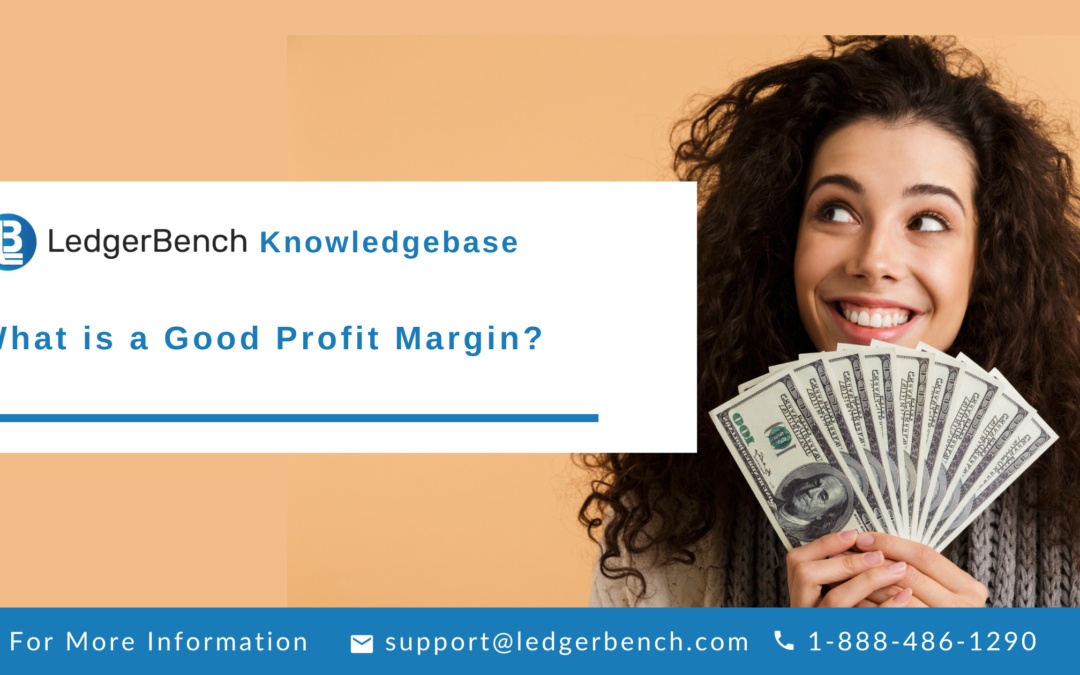
What is a Good Profit Margin?
A good profit margin is weighed against the average for other businesses in that same industry due to the fact that some industries, such as legal services and accounting industry naturally have higher profit margins because they require little overhead.
What are the types of profit margin?
There are Four types of Profit Margin:
- Gross Profit Margin:
Gross profit is the income a business has left over after paying off direct expenses. Direct expenses covers direct labor, materials, cost of goods sold (manufacturing costs)
Please Note: Company’s operating expenses, taxes and interest are not factored into the gross profit margin equation.
Gross Profit margin = Total revenue (-) Cost of Goods Sold / Total revenue *100
The resulting number indicates the company’s profitability but it is advisable to calculate the operating profit margin as well. This is because the operating profit margin allows for more expenses to be included.
Suggested Reads – A Step-By-Step Guide to Ensure Payroll Compliance!
- Operating Profit Margin:
It is the income left after removing cost of goods sold and operating expenses.
Operating profit Margin = Operating Income / Net Sales Revenue * 100
Operating Profit margin is considered to be more crucial for a company’s financial position than Gross profit margin. This is because operating profit margin directly shows how well a company is allocating its resources. Operating margin is also known as:
- EBIT Margin
- Return on sales (ROS)
- Operating Income Margin
- Operating Profit Margin
- Pre-tax Profit Margin:
The Pre-Tax Profit Margin determines the company’s profitability before taxes are deducted. Comparing profit margin numbers over time indicates the direction the company is taking.
Pre-tax Profit Margin = Earnings before taxes / Revenues *100
- Net Profit Margin:
It is the profit after which all expenses have been paid including interest and taxes.
Net Profit Margin = Operating Profit (-) Interest Expenses (-) Tax Expenses / Revenue *100
What is a High Profit Margin:
A High Profit Margin is the one that outperforms the average determined for its industry.
According to the report by CBS News, following industry have High Profit Margin:
|
Industry |
High Profit Margin |
|
Accounting, Tax Preparation, Bookkeeping and Payroll Services |
18.3% |
|
Legal Services |
17.4% |
|
Outpatients Care Centers |
15.9% |
|
Offices of real estate agents and brokers |
14.8% |
You’ll realise that these Industries rely heavily on highly qualified professionals in a service industry and as a result do not rely on machinery or any other overhead costs.
For example: Oil and gas companies have low net profit margins because the extraction of oil is so expensive.
You May Also Read – What Does a Bookkeeper Do for a Small Business?
Do you want a high or low Profit Margin?
In all cases, the high profit margin obviously. Higher the number, the more confidence investors have because a number is the direct reflection of how the business is being operated and expenses are being managed.
High profit margins = higher profits.
It is vital to compare a company’s profit margins with previous years, to see whether trends are developing or if they are decreasing. If the profit margins are increasing yearly, the figures can be used to attract the investors. When calculating profit margins, it is important to consider operating and net profit margins as they take expenses into account. While gross profit margins will give a general idea of the company’s profitability. It shouldn’t be reliable for making business decisions.
Why do you need to know your profit margin?
Profit margins are considered to be calculated for financial statements which are compulsory for investors and bankers who are loaning money to the business. Profit margins also help to indicate if the company needs to change its approach or not to continue business.
For instance: A small business owner starts a business for personalised clothing but sees that his operating profit margin is too low compared to his industry. He then dives deep in his company’s manufacturing processes and realizes there are efficiencies he can take benefit of. This will save both time and money. After a year, when he runs his numbers again, he will see that his operating profit is on par with the industry.

